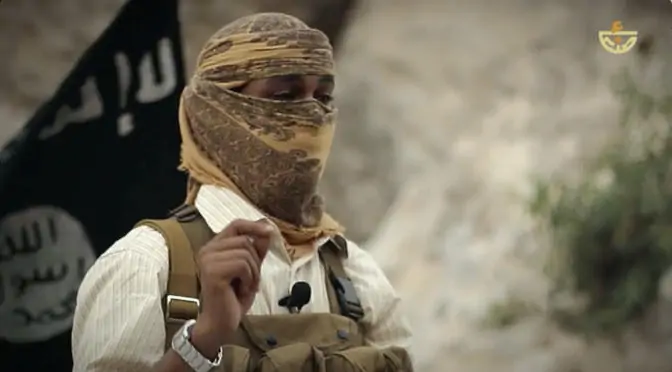Early 2016 has witnessed a succession of dramatic developments that have inflamed the already contentious Iran-Saudi relationship, bringing it to the forefront of global governmental and media attention. These have included: Riyadh’s decision to break diplomatic relations with Tehran at the beginning of the year, the accelerated decline of the price of oil deeply affecting both countries’ economies, the implementation of the Iran nuclear deal leading to Iran’s reinsertion into the global economic system, and a reversal of fortune in the Syrian civil war with Iranian and Russian-supported regime forces scoring major advances against the Saudi-backed opposition. We shall survey these developments (deferring, however, discussion of the fast changing situation in Syria to a later post) with the aim of …
Continue reading “Tempobs – Things Come Together: Saudi Arabia and Iran”











